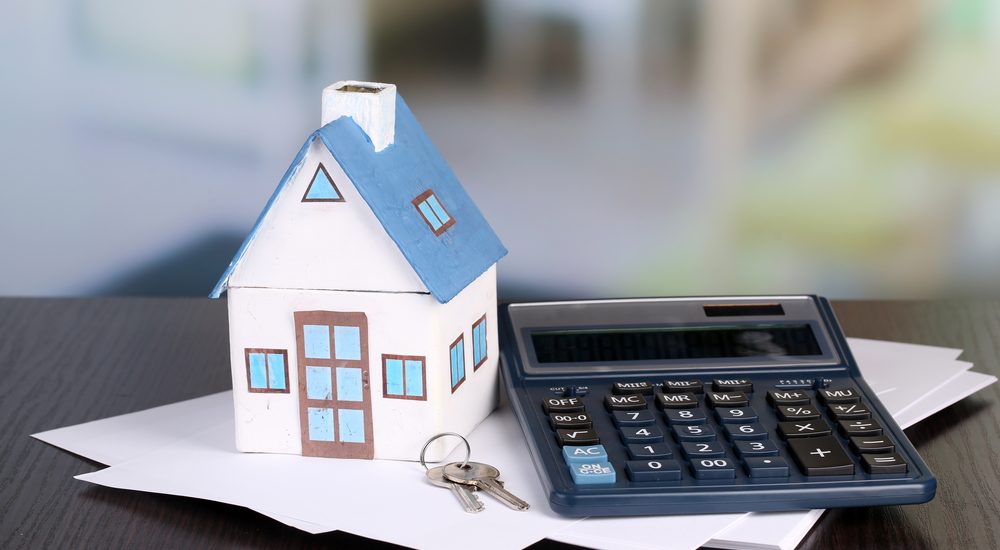Buying a house is a large undertaking. It seems that the most difficult part for most of us, though, is scraping together that initial down payment. Once the house is yours, paying off the mortgage is much like a monthly rent payment. Maintenance costs are factored into your yearly budget and help you to build equity. And refinancing is something that can be figured out down the line with a financial advisor.
It’s really that initial payment that gets most of us, and keeps us from moving forward on our goals. Although loans are available for home buyers who want to put less than 20% down, the general rule is that you get a better mortgage rate, more financial stability, and you don’t have to get as much protection insurance, if you put down 20% on your first home. That means that even for a very affordable home of $250,000, you’ll need to save up $50,000 for your down payment. And don’t forget to factor in important closing costs which might be bundled confusingly by your lender.
Here are some tips to help you reach your goal and make the dream of owning your own home a reality.

Set a Goal and a Budget to Match
The most important thing to do when saving up for a down payment is to set up your budget. Remember that home ownership isn’t free. Maintenance costs can eat up a chunk of your budget, and you want to make sure that your monthly payments aren’t a strain. So, it’s important that your “saving up for a house” actions aren’t unsustainable. Chances are you’ll continue these steps into the first couple years of home ownership. One of the most important parts of a budget is a savings account with enough money for a safety cushion. This keeps your plan from getting derailed at the first setback… such as medical bills or an unexpected car repair.
In addition to setting out your budget, make sure that you know exactly what your target goal is. Specify when you should be able to achieve the savings you’re going for. Check in on benchmarks along the way, and make sure that you’re still on track.

Cut Back Transportation Costs
The average American spends $9000 per year on transportation costs. $250 per month go to gas alone. In many ways, this is an inflexible cost. After all, you can’t make money if you have no way to get to your job! However, there’s usually more wiggle room within this than you might think. Here are some ideas:
- Refinance your car loan, if it will decrease the monthly cost.
- Check out these ways to save gas money. It adds up!
- If you have several cars in your household, consider getting rid of one. Often, there are ways to share that can save you hundreds per month.
- Start biking to regular commutes. This means biking to work or to the store. It’s good for you, and good for the earth!
Get a Side Hustle
A large percentage of Americans work more than one job. Depending on your current job situation, this may or may not be practical. However, if your regular full time job is a low-stress scene for you, a side hustle could be a great idea. Look into freelancing from home, or an evening scenario like catering. Make sure that the pay is worth it to you, but don’t forget the fact that even a $14/hr job that you do 10 hours a week will give you $400 or more each month to put towards that 20%.
Ask for a Raise
If your full time job IS a bundle of stress, maybe it’s time to ask for a raise. Although the cost of living goes up every year, few employers bother to keep their employees’ salary consistent with it. Furthermore, the longer you work at your job, the more valuable you are to them. Know what you’re worth, back up your request with evidence of your value to the company, and ask for it.
Stop Eating Out
The average American household spends upwards of $3000 per year on eating out. If that seems like a lot to you, because you’re not someone who goes one dates every Friday, consider for a moment. How often do you get morning coffee? Work lunches? Weekend drinks with friends? How often do you order in? It all adds up, and it’s usually twice as costly as it would be for you to prepare that food at home. It’s also less healthy, most of the time. So, in order to set yourself up for success, cut way back on the amount of times you eat out each month. Perhaps it will be worthwhile to resolve to eat out only when you’ve hit a certain milestone on your savings goal.

